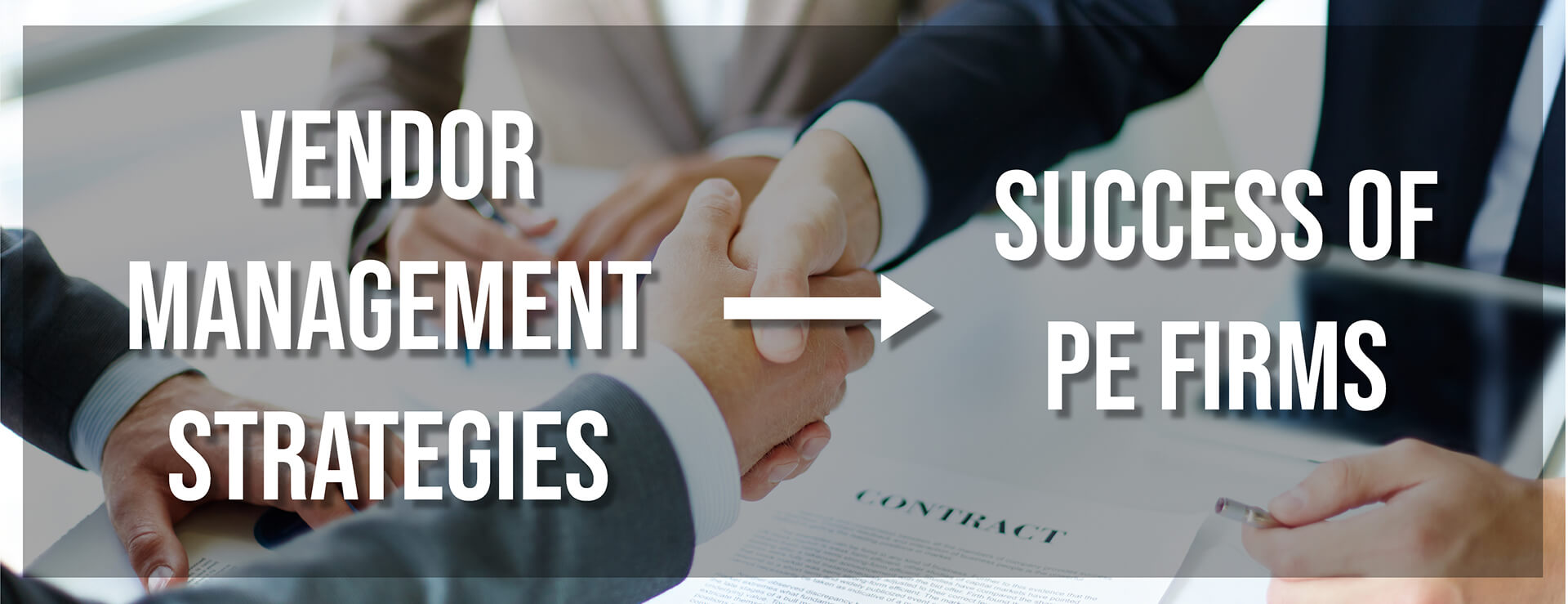|
|

Traditionally, PE firms thought about cost optimization only when their portfolio companies’ performance was not up to the mark. Come 2018, and this conventional logic has turned on its head, with PEs now evaluating cost optimization possibilities even before brokering a deal, with an eye on increasing EBITDA margins of prospective portfolio companies as early as possible. One of the most visible trends that has emerged from this shift is the need for the outsourcing processes of portfolio companies to be centralized. This can be achieved by a set of experts (external or internal) taking a 360-degree approach to vendor management, as ‘a fragmented set of vendors’ has emerged as a major pain point.
Expeditious Cost Optimization
In the past few years, most PE firms have been trying to maintain momentum in a difficult economy, dealing with the twin challenges of sluggish growth in developed nations and robust fundraising activities, both leading to price inflation. At a time like this, it has become crucial for PE firms to focus on cost optimization to increase the EV to EBITDA ratio of their portfolio firms. The most common cost optimizing techniques that are being implemented are analyzing spending patterns, re-evaluating vendor relationships, renegotiating existing contracts, and tweaking SLAs (as discussed in part (I) of this series).
Vendor management is now at the heart of business performance improvement, across portfolios, from the time the portfolio companies are on-boarded. This has proven to create long-term value for PEs and have a significant impact on EBITDA growth, so much so that leading firms now seek expert help for a thorough analysis during due diligence, coupled with a detailed review of potential savings. An added advantage of cost improvements from day one is that operating partners are able to free up capital for newer investments. It has been found that cost-saving steps taken initially can deliver a quick impact; at times, in as few as 30-60 days.
An Unavoidable Measure – Spend Analysis
Most PE firms struggle to get a thorough outsourcing spend analysis done for their portfolio companies. But the good news is that, in most cases, savings opportunities exist. External experts have been helping PEs carry out a data-driven approach to measure their outsourcing strategies, to ensure improvements in a portfolio company’s EBITDA. A well carried out spend analysis for a rather large portfolio, additionally entails overcoming obstacles such as uncategorized data and taxonomy of vendors. At this juncture, the most important questions to be asked are –
Need of the Hour: A Centralized Outsourcing Process
The strategies discussed have given rise to the much-needed optimization of the vendor footprint of a PE portfolio. Cost savings early on during a deal and spend analysis across the portfolio are strategic programs that an operating partner can initiate to gain significant EBITDA impact in a matter of months. Consolidated outsourcing initiatives have helped PEs to combine the indirect spend across their portfolio with a few key vendors.
Regardless of the vendor engagement model adopted by the PEs, the benefits of a consolidated outsourcing strategy are seen in terms of EBITDA growth, cash flow, and competitive advantage. As an example, let’s take a portfolio company with $300 Mn in revenue, $200 Mn in outsourcing costs, and $30 Mn in EBITDA. A typical outsourcing optimization program addresses 50%, or $100 Mn, of the total spend. The evolved outsourcing program can lead to savings of approximately 10%, which is $10 Mn. At an average PE market multiple of 9x EBITDA, the value of savings becomes $90 Mn, as compared to the acquisition value of $270 Mn (9x$30 Mn EBITDA), thus leading to a 30% growth in EBITDA.
Mileage Gained by Vendor Consolidation
To reap these benefits of vendor consolidation, the central program management office (PMO) needs to play a critical role. A PMO is the need of the hour for PEs due to the looming burden of managing an increasing list of vendor partners. This office, further facilitates cross-portfolio spend analysis and cost optimization activities across the portfolio of companies. It also institutionalizes a systematic approach to lower outsourcing costs and increased EBITDA, while implementing a regular cadence of governance measures.
Vendor consolidation and a central PMO together address all the vendor-related challenges faced by the PEs as discussed in our part (I) of the series. However, not many individual companies or PE firms have the expertise in establishing the PMO and consolidating their vendors. It involves expertise in dealing with a wide network of stakeholders, multiple companies, unrelated industries, distinct SLAs, and business criticality, all at the same time. The PE firms need to closely keep a track of their outsourcing costs and work with external experts to establish a central PMO that can drive vendor consolidation effectively.